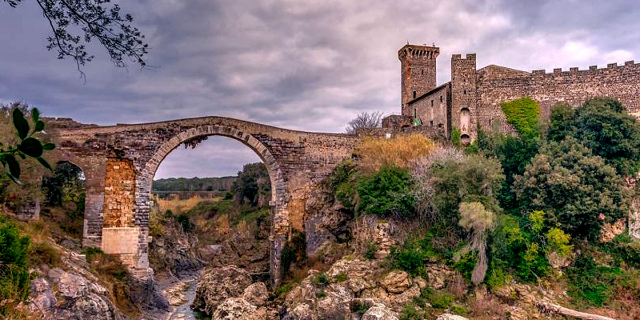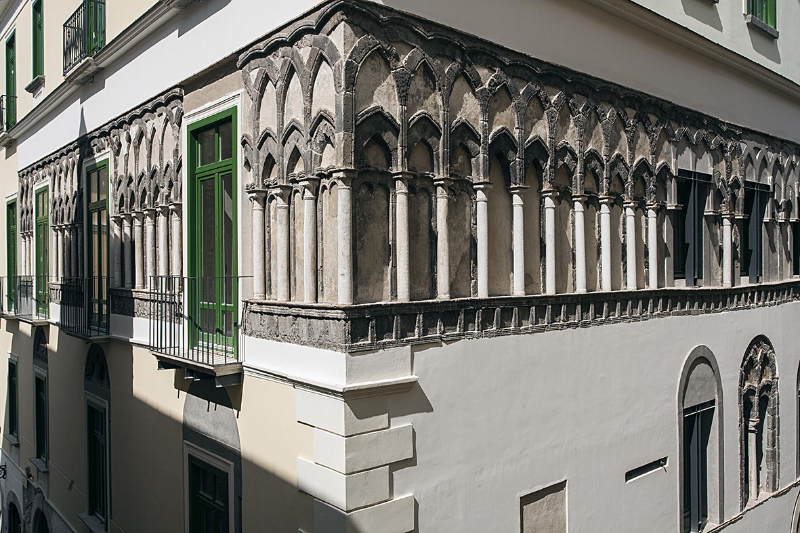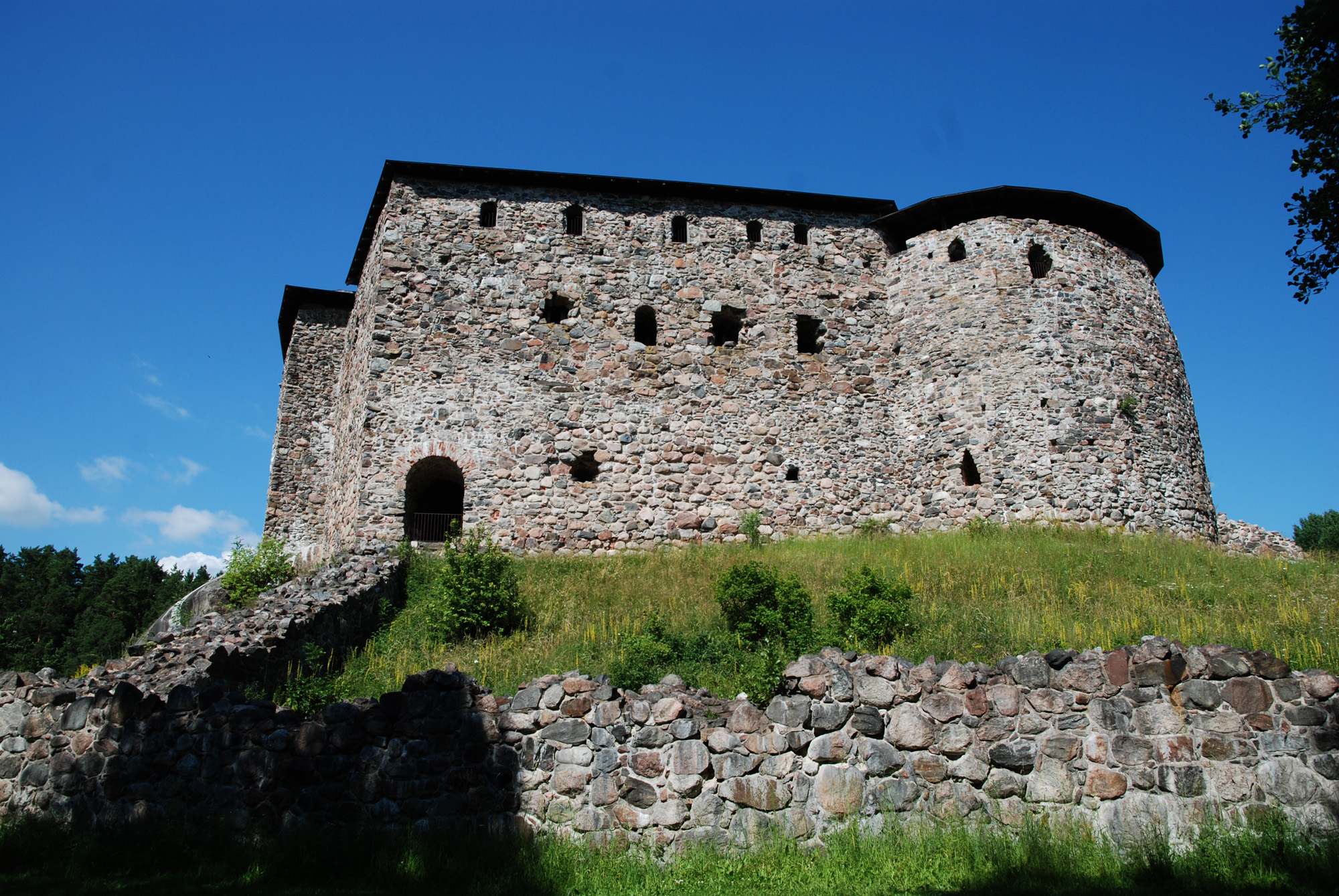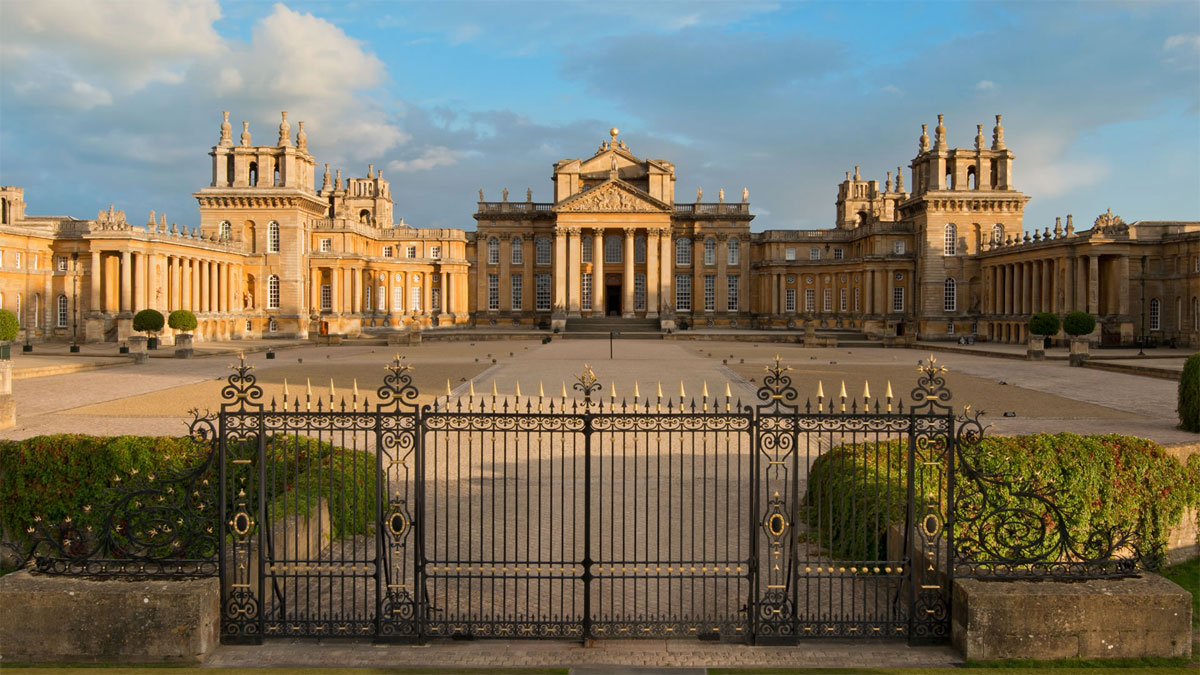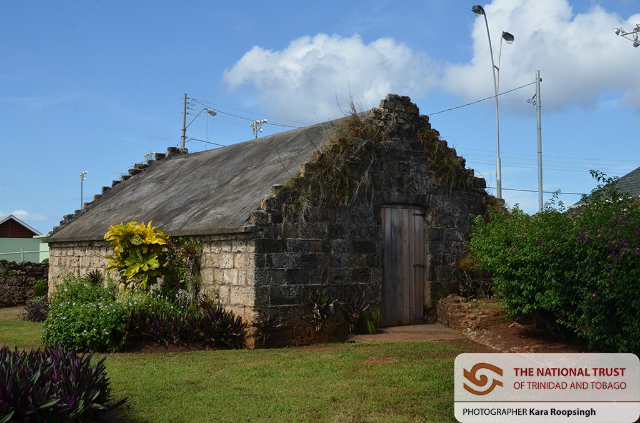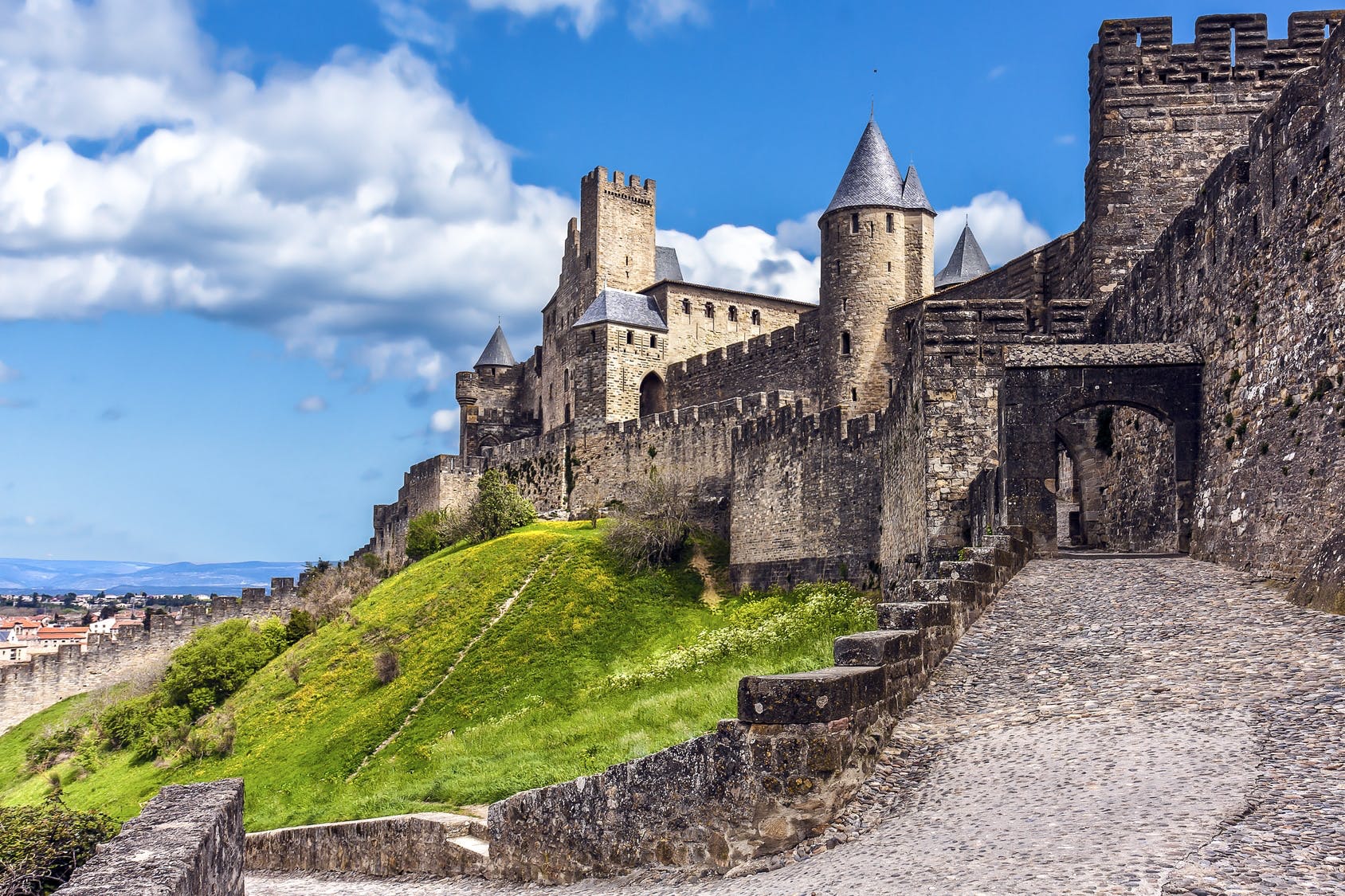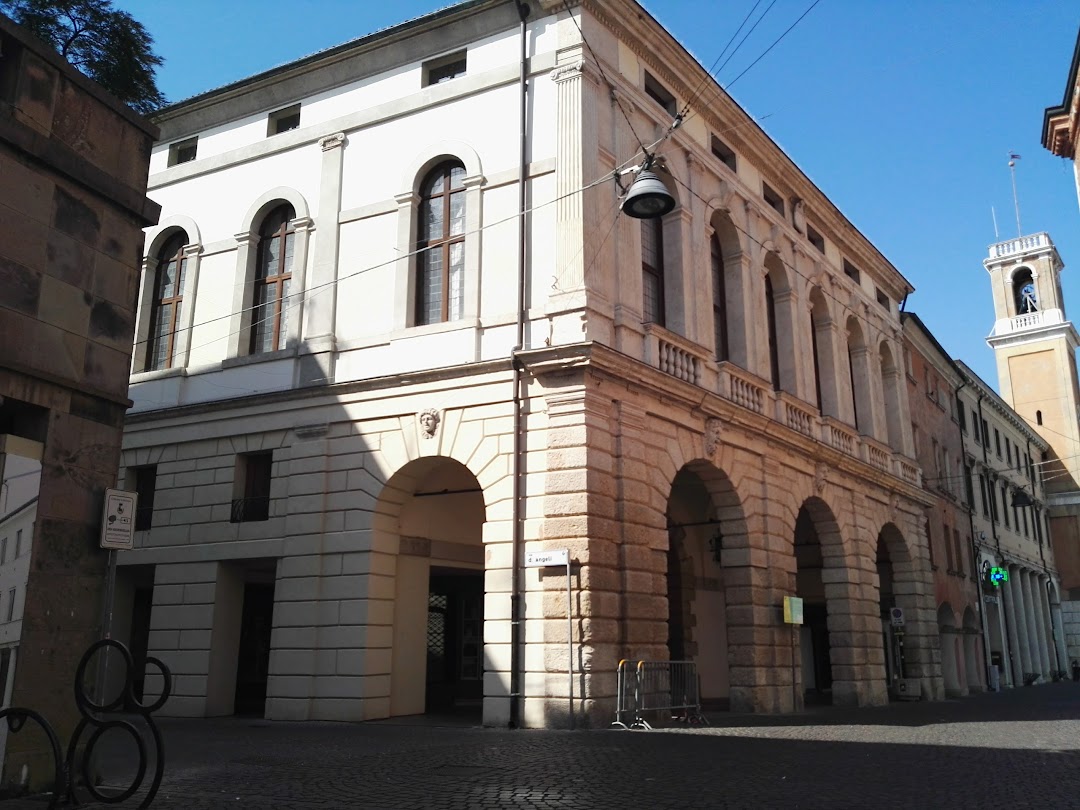Within the vast area of the Vulci Nature Park is the medieval Abbadia Castle, home to the Archaeological Museum and accessible via the spectacular Ponte del Diavolo (Devil’s Bridge), from which you can enjoy a simply breathtaking panorama!
Built in the Middle Ages (12th century) by Cistercian monks on the remains of an ancient abbey dedicated to St. Mamiliano, the Abbadia Castle over time became an important stronghold and reception centre for all pilgrims and travellers, including the Knights Templar.
The Ponte del Diavolo (Devil’s Bridge), on the other hand, has even older origins: the main tufa pillars are, in fact, from Etruscan times while the three-arch structure dates back to the 1st century BC.
Originally, in addition to enabling the bridge to cross the river, it had the function of supporting the Roman aqueduct that brought water to the city of Vulci. Later, during the Middle Ages, it was modified to adapt it to the defensive needs of the castle.
Throughout the Middle Ages the Castle of Vulci was at the centre of disputes between the Aldobrandeschi family, the Di Vico family and the Municipality of Orvieto.
In the 16th century it first passed into the hands of Alessandro Farnese, the future Pope Paul III, and then became a customs post of the Papal State, due to its close proximity to the Grand Duchy of Tuscany.
In 1808, it was bought by Lucien Bonaparte and from 1853 became the property of Alessandro Torlonia. Finally, after decades of decay and abandonment, the castle was acquired by the Italian State (1960s). After extensive restoration work carried out by the Archaeological Superintendency, the castle became the seat of the Vulci National Museum, which was opened to the public in 1975.
